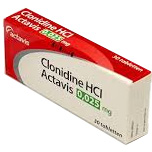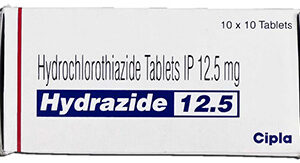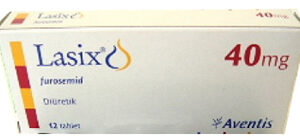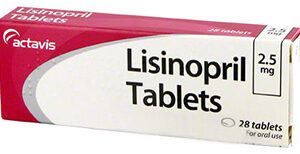Indications and Purposes
Clonidine is a medication primarily employed in the treatment of hypertension. It can substantially reduce elevated blood pressure levels by diminishing sympathetic outflows from the central nervous system and decreasing peripheral resistance. This medicine, classified as a central alpha agonist, may also be used off-label for conditions such as attention deficit hyperactivity disorder (ADHD), withdrawal symptoms from opioids, tobacco or alcohol, and certain pain or menopausal symptoms.
Administration Guidelines
Clonidine is administered in various forms: oral tablets, an extended-release oral formulation, and transdermal patches. The dosage is meticulously tailored to each individual’s needs. Initiating with a low dose, gradual increments are made by healthcare providers until the desired blood pressure reading is achieved. It’s crucial to adhere to the prescribed doses, and not to discontinue the medication abruptly, as this can induce rebound hypertension.
Absolutely Contraindicated
Clonidine is not advisable for individuals with a known hypersensitivity to clonidine itself or any of the other constituents within the formulation. Additionally, caution is paramount for those with certain heart ailments, severe coronary insufficiency, or recent myocardial infarction.
Cautions and Forewarnings
Due caution is necessary when prescribing clonidine, especially in individuals with cardiac conditions, or those who may be prone to vasovagal syncope. Abrupt cessation should be avoided to prevent rebound hypertension. Caution is also advised in those with renal impairment, or depressive disorders, as clonidine may exacerbate these conditions. Sedation and somnolence are frequently observed, thus individuals should be counseled not to engage in tasks that demand alertness, post-dose.
Undesirable Reactions
As with all pharmaceuticals, clonidine carries the potential for adverse reactions. Commonly reported include dry mouth, constipation, drowsiness, and sedation. Other less common effects may encompass bradycardia, orthostatic hypotension, and erectile dysfunction. In the pediatric segment, irritability and somnolence may be of particular concern when using clonidine for ADHD.
Potential Drug Synergies and Conflicts
Clonidine may exhibit drug-drug interactions, potentially leading to enhanced or diminished therapeutic effects. Especially noteworthy is its interaction with other central nervous system depressants, beta-blockers, and certain antihypertensive agents, which may augment the blood-pressure-lowering effect of clonidine. Also, caution is warranted when co-administering with cyclic antidepressants or agents affecting sinus node function or AV nodal conduction.
Specific Population Considerations
The influence of clonidine can differ amongst varying population groups. Special consideration is required when prescribing to pregnant or nursing women, pediatric patients, and the elderly. The risk-benefit balance should be conscientiously evaluated, especially in light of developmental or age-related physiological changes that may affect drug metabolism and response.
Excessive Dose Response
An overdosage of clonidine can be expressed through symptoms such as hypotension, bradycardia, lethargy, and respiratory depression. Management of clonidine overdose is supportive and symptom-directed. Immediate medical attention is critical, and treatment may include administration of activated charcoal, intravenous fluids, and agents to counteract bradycardia and hypotension.
Pharmacological Insights
Clonidine engages with central alpha-adrenergic receptors, diminishing sympathetic outflow from the brain, which results in reduced heart rate and dilatation of the blood vessels. This facilitates a decrease in both systolic and diastolic blood pressure. Its efficacy and safety profile in hypertension management are well-established in the clinical setting.
Nonclinical Considerations
Toxicological evaluations, including animal studies, have been conducted to assess the nonclinical safety of clonidine. These have delivered vital insights regarding the drug’s potential carcinogenicity, mutagenicity, and effects on fertility, providing essential information to ensure informed decision-making in clinical practice.
Population-Specific Guidance
Additional guidance on the use of clonidine in specific populations augments the primary considerations. This encompasses potential impacts on growth and development in pediatric use, considerations for dosing in renal impairment, and the precautions relating to its use during labor and delivery. Clinicians should pay careful attention to the nuances of treating these unique groups.
Packaging and Preservation
Clonidine is offered in various formulations, with each having distinct packaging and storage prerequisites. Oral tablets should be preserved in a tight container, protected from moisture and light, whereas transdermal patches require storage within their sealed pouches until application. Stability and potency are paramount in guaranteeing the medication’s efficacy.
Advising Patients
Patients should be guided thoroughly on the appropriate usage of clonidine, encompassing adherence to prescribed dosing, potential side effects, and the importance of not ceasing the medication without consulting a healthcare professional. Furthermore, advice on lifestyle modifications to augment treatment effectiveness and discussion about the timing of dose related to somnolence can aid in optimizing therapy.





Reviews
There are no reviews yet.